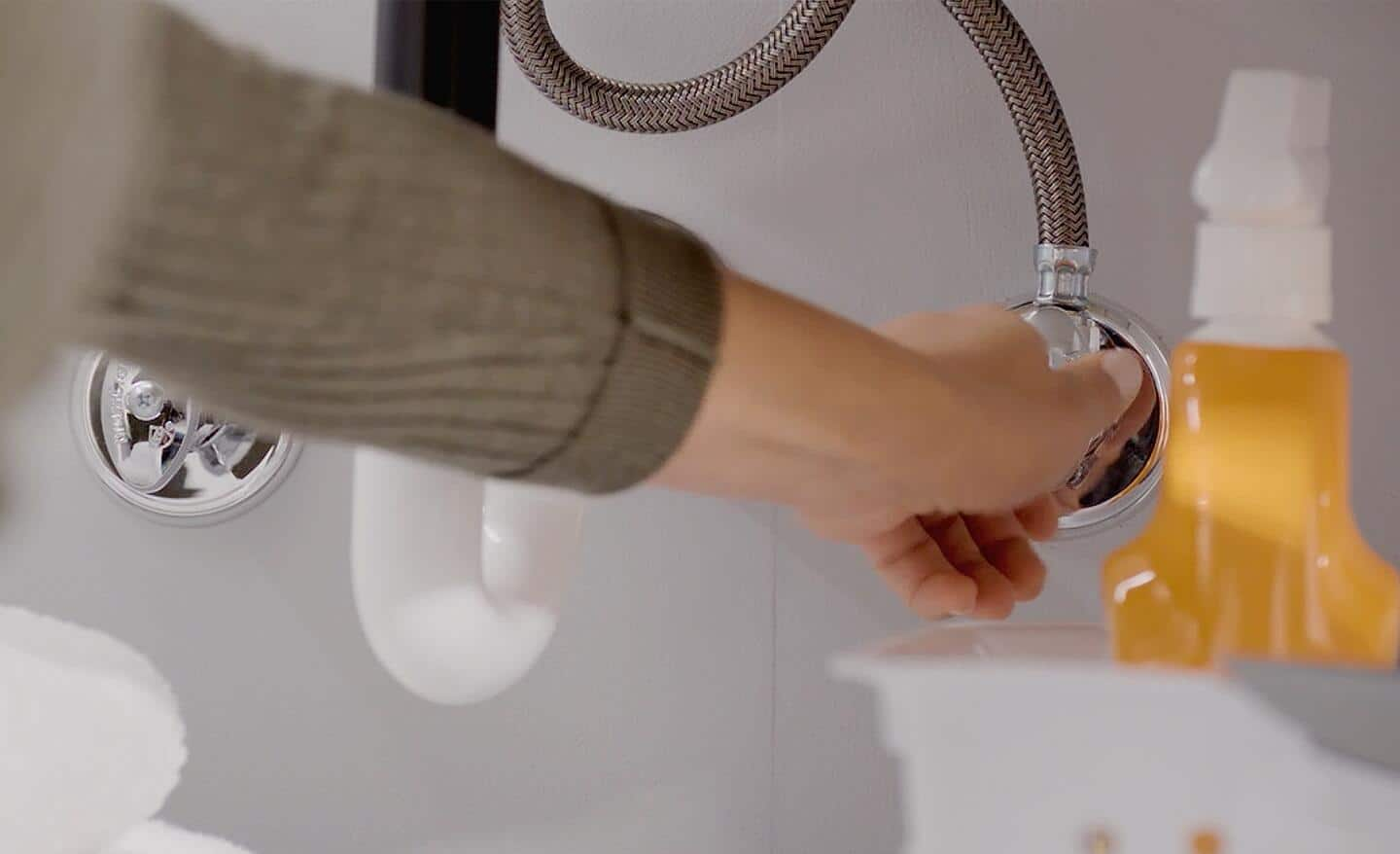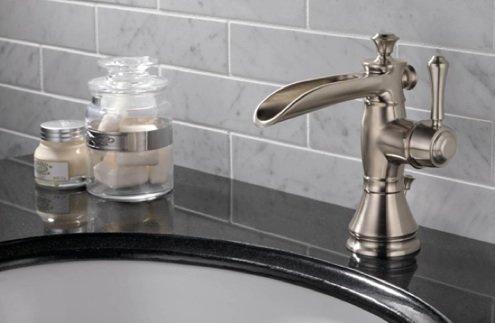How It's Needed to Resolve a Malfunctioning Faucet
How It's Needed to Resolve a Malfunctioning Faucet
Blog Article
Were you looking for tips concerning Why Is It Important To Fix Your Leaking Tap/Faucet??

Leaking faucets may seem like a small trouble, but their influence surpasses just the nuisance of the audio. From wasting water to incurring unneeded financial costs and health and wellness threats, ignoring a dripping tap can bring about various consequences. In this short article, we'll look into why it's important to resolve this typical house problem quickly and effectively.
Wastefulness of Water
Environmental Effect
Trickling taps add substantially to water waste. According to the Environmental Protection Agency (EPA), a single faucet dripping at one drip per second can squander more than 3,000 gallons of water per year. This not just pressures water sources yet additionally influences ecological communities and wild animals depending on them.
Financial Expenses
Boosted Water Expenses
Beyond the environmental impact, trickling taps can pump up water bills considerably. The gathered wastefulness gradually translates into greater utility costs, which could have been stayed clear of with prompt repair services.
Potential Residential Or Commercial Property Damage
In addition, long term leaking can lead to harm to fixtures and surfaces bordering the faucet. Water buildup can trigger discoloration, rust, and even architectural problems if left unattended, leading to additional fixing expenses.
Health Problems
Mold and Mold Growth
The continuous presence of dampness from a dripping tap produces an ideal setting for mold and mold development. These fungi not just compromise interior air quality yet also present health dangers, specifically for individuals with breathing problems or allergies.
Waterborne Conditions
Stagnant water in leaking taps can become a breeding place for microorganisms and other virus, increasing the danger of waterborne illness. Impurities such as Legionella bacteria prosper in stationary water, potentially causing significant diseases when consumed or breathed in.
Do it yourself vs. Professional Repair
Benefits and drawbacks of DIY Repair Work
While some might try to deal with a dripping faucet themselves, DIY repair services feature their own collection of obstacles. Without proper knowledge and tools, DIY efforts can aggravate the issue or lead to incomplete repair work, extending the issue.
Benefits of Working With a Specialist Plumber
Employing an expert plumber guarantees that the underlying source of the trickling tap is addressed efficiently. Plumbers possess the experience and equipment to diagnose and repair faucet concerns effectively, conserving time and reducing the risk of more damages.
Step-by-Step Overview to Taking Care Of a Dripping Faucet
Devices Called for
Prior to trying to repair a leaking faucet, gather the necessary devices, including an adjustable wrench, screwdrivers, replacement components (such as washing machines or cartridges), and plumber's tape.
Typical Faucet Issues and Their Solutions
Identify the sort of tap and the certain problem causing the drip. Usual issues include worn-out washers, corroded shutoff seats, or damaged O-rings. Refer to manufacturer instructions or on-line tutorials for step-by-step advice on fixings.
Safety nets
Regular Upkeep Tips
To prevent dripping faucets, perform routine maintenance such as cleansing aerators, checking for leakages, and changing damaged parts immediately. Additionally, take into consideration setting up water-saving devices or updating to more reliable fixtures.
Relevance of Prompt Services
Attending to dripping taps as soon as they're seen avoids more water wastage and possible damage, eventually saving both water and cash in the long run.
Effect On Home Worth
Understanding of Well-Maintained Building
Preserving a property in good condition, consisting of addressing maintenance concerns like dripping faucets, improves its viewed worth and desirability among possible buyers or renters.
Impact on Resale Worth
Characteristics with properly maintained plumbing components, including taps, command greater resale values in the real estate market. Attending to trickling taps can contribute to a positive perception throughout building inspections and negotiations.
Environmental Responsibility
Individual Contribution to Conservation
Taking obligation for taking care of leaking taps straightens with more comprehensive initiatives towards water preservation and ecological sustainability. Every person's actions collectively make a considerable effect on maintaining priceless sources.
Lasting Living Practices
By focusing on timely repair services and embracing water-saving practices, individuals contribute to sustainable living practices that benefit both present and future generations.
Conclusion
Addressing a trickling tap surpasses simple comfort; it's an important step toward preserving water, lowering economic expenses, and protecting health and residential or commercial property. Whether through do it yourself fixings or specialist assistance, acting to deal with dripping faucets is a little yet impactful method to promote responsible stewardship of resources and contribute to a healthier, more lasting future.
How to Fix a Leaky Faucet: Step-by-Step Repair Guide
A leaky faucet may seem like a simple annoyance, but if it's not fixed promptly, that leak could cost hundreds to potentially thousands. From water damage to mold, mildew, and high water bills, even a tiny leak can be catastrophic if left unattended. Damage like this can even affect the overall value of your home, so it's important to take the right approach for leaky faucet repair. You may need the help of a plumber in some cases, but we've got a few tips you can try on how to fix a leaky faucet before calling the pros.
Four Faucet Types
When you're learning how to fix a leaky faucet, the first step is knowing what kind of faucet you're working with! There are four common types.
Cartridge Faucets
Cartridge faucets come in one- or two-handled varieties. In one-handled cartridge faucets, hot and cold water combines in a single cartridge. In the two-handled versions, hot and cold water are controlled separately and mixed in the faucet.
Ball Faucets
Ball faucets have a single lever you push up and down to adjust the pressure and rotate to change the temperature. A slotted metal ball controls the amount of water allowed into the spout.
Compression Washer Faucets
They're the oldest type of faucet, but they're still used in many homes — especially older ones. Compression faucets have two separate handles that, when turned, raise or lower the washer that seals a water valve. This valve stops water from flowing through the faucet when it is turned off.
Disc Faucets
Disc faucets rarely need to be repaired due to their maintenance-free design. The water flow is controlled by two discs — the upper one raises and lowers against a fixed lower disc, creating a watertight seal. If your disc faucet starts leaking, you may need to replace the seals or clean residue buildup from the inlets.
Fixing a Leaky Faucet
Step 1: Turn Off the Water
Whether you're learning how to fix a leaky bathtub faucet or how to fix a leaky kitchen faucet, always turn off the water supply to your working area when you're fixing a leak. The last thing you want is a flood added to your list of things to fix.
Look for the shutoff valves below your sink or around the tub and turn them clockwise to stop the water flow. If your faucet doesn't have shutoff valves, you may need to turn off the water for the whole house. Check to make sure it's off by turning the faucet on. If nothing comes out, you're ready to start the repair.
Step 2: Take Apart the Faucet
How you disassemble your faucet depends on the type of fixture you have. You can use a flathead screwdriver to remove the caps on top of the handle or handles for cartridge and compression faucets. Inside, you should see handle screws. Unscrew these with a screwdriver to remove the handle.
Disc- and ball-style faucets will typically have an inlet screw near the handle, and removing that will reveal the interior of the faucet.
Detach the Valve Stem
For cartridge- and compression-style faucets, you'll see the inner valve stem or cartridge once you remove the faucet handles. If you have a compression faucet, unscrew the brass valve stem. If you have a cartridge faucet, pull out the cartridge. If your cartridge has been in place for a while, it may require some tools or extra force to remove it due to mineral deposits.
Examine and Replace Parts
Once you've removed the parts, check them out to confirm what needs to be replaced. You may see corroded rubber washers, O-rings, stems, or cartridges. On a ball-style faucet, check the seats and springs for damage.
If you need to repair a leaky disc faucet, check the inlet and seals on the lower disc.
Once you determine what parts must be replaced, visit your local hardware store. Bring the damaged parts with you to ensure you can purchase the correct components to replace them.
Clean Valves and Faucet Cavity
If you've removed a stem or cartridge, you may notice mineral buildup in the faucet's threads. Use white vinegar to clean the valve seat by soaking it for a few minutes, then scrub it away with a soft toothbrush and rinse with warm water. You can also clean the interior of the faucet in the same way.
Reassemble the Faucet
Once your faucet is cleaned and the required parts have been replaced, it's time to reassemble it. Put the pieces back together and slowly turn the water supply back on. Doing this slowly is crucial because too much initial water pressure can damage the new hardware you've just installed.
https://homewarranty.firstam.com/blog/how-to-fix-leaky-faucet

Hopefully you enjoyed our topic about Leaky Faucets: Why They Happen & What to Do About Them. Thanks so much for taking a few minutes to browse our article post. Loved our blog entry? Please quickly share it. Let somebody else check it out. Thank you so much for going through it.
Report this page